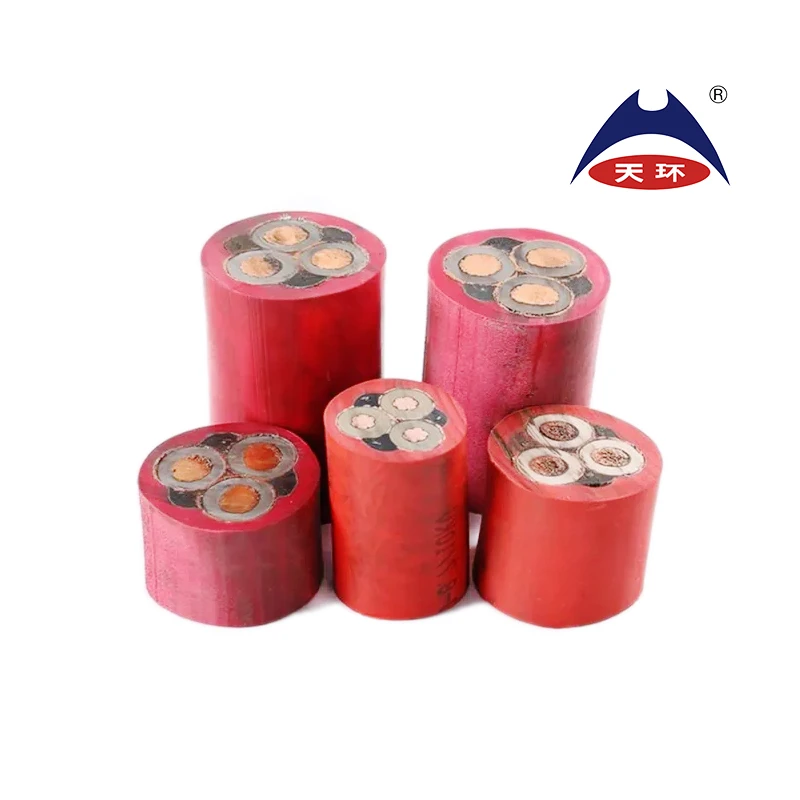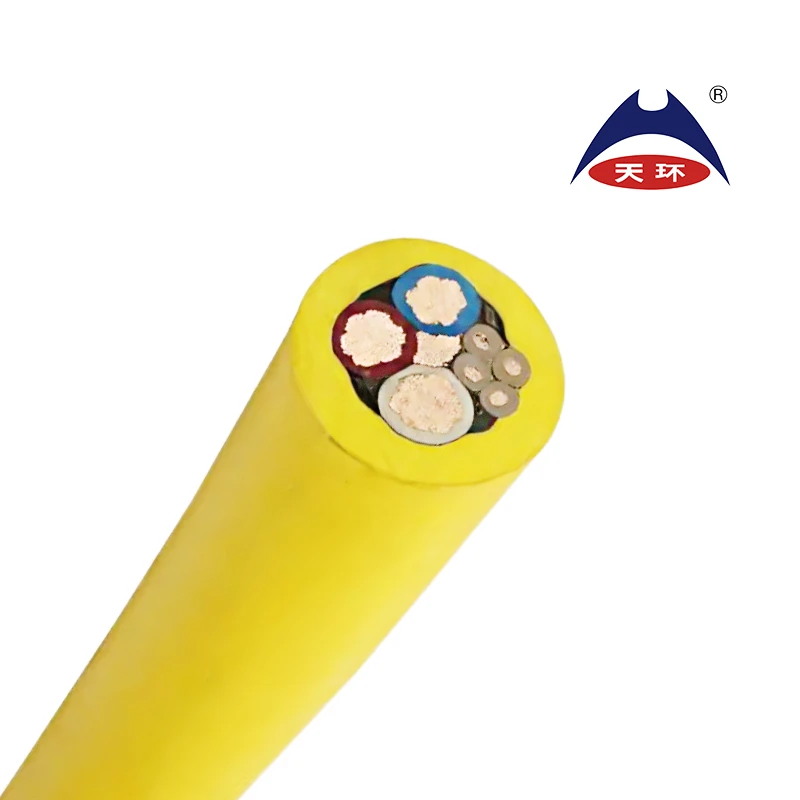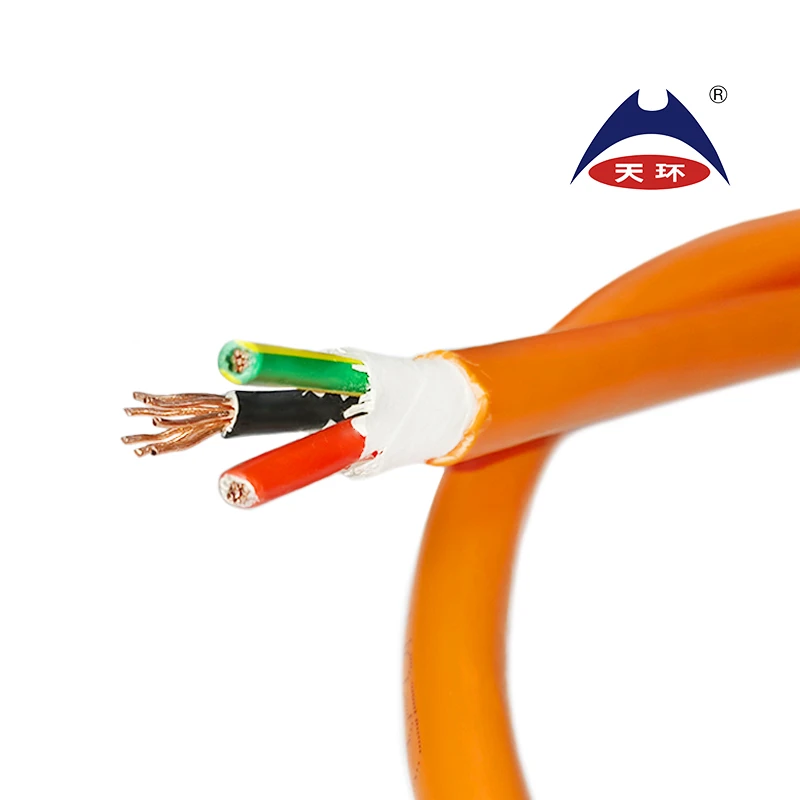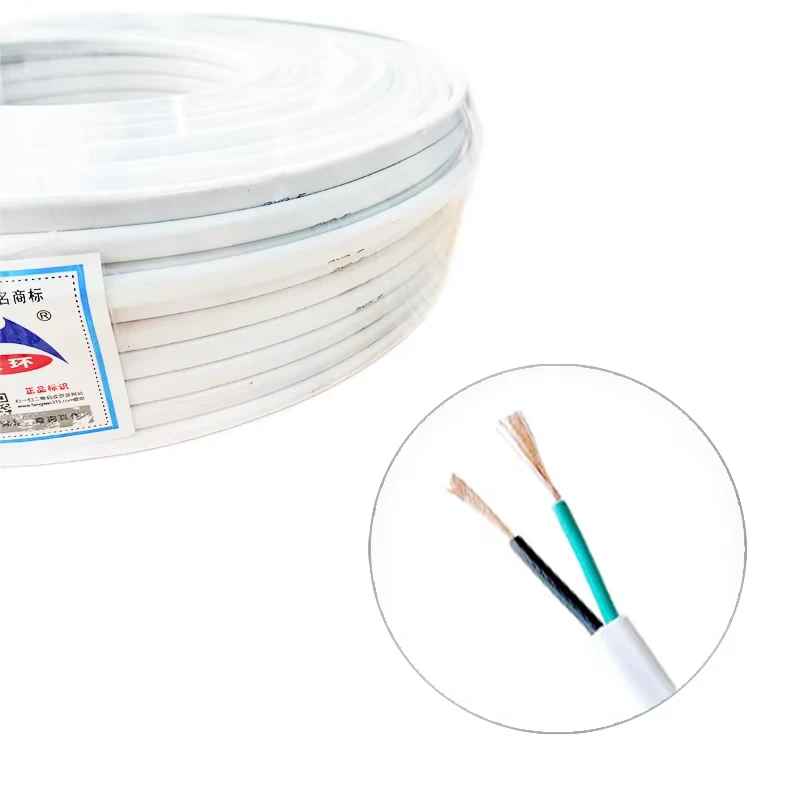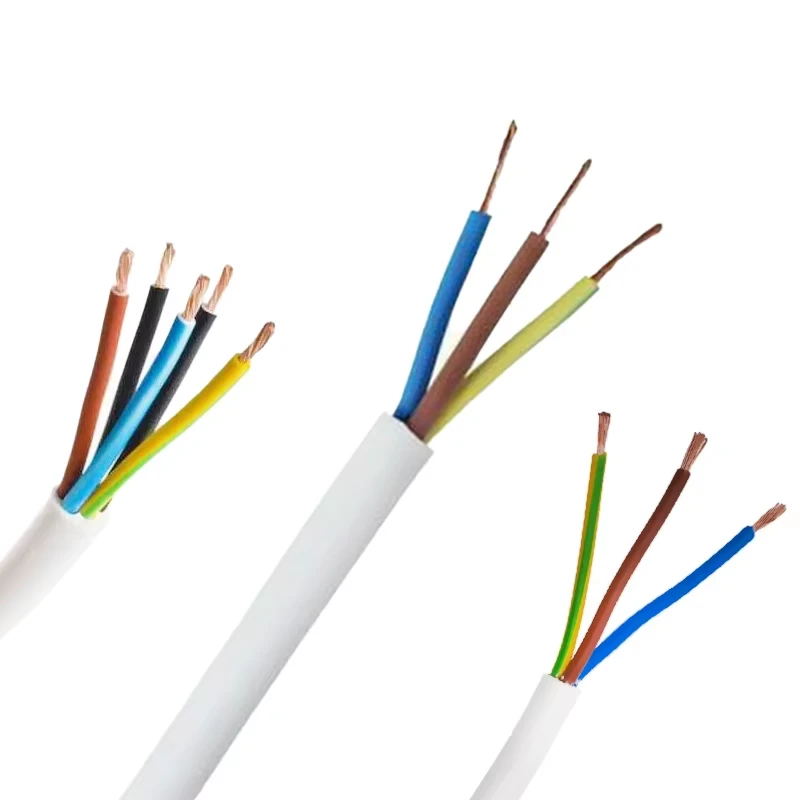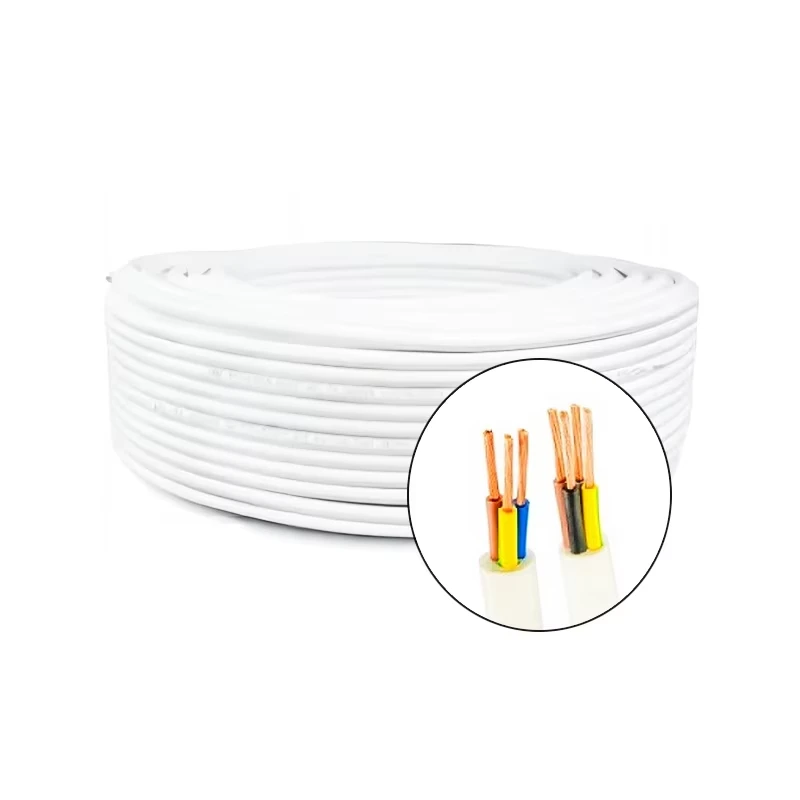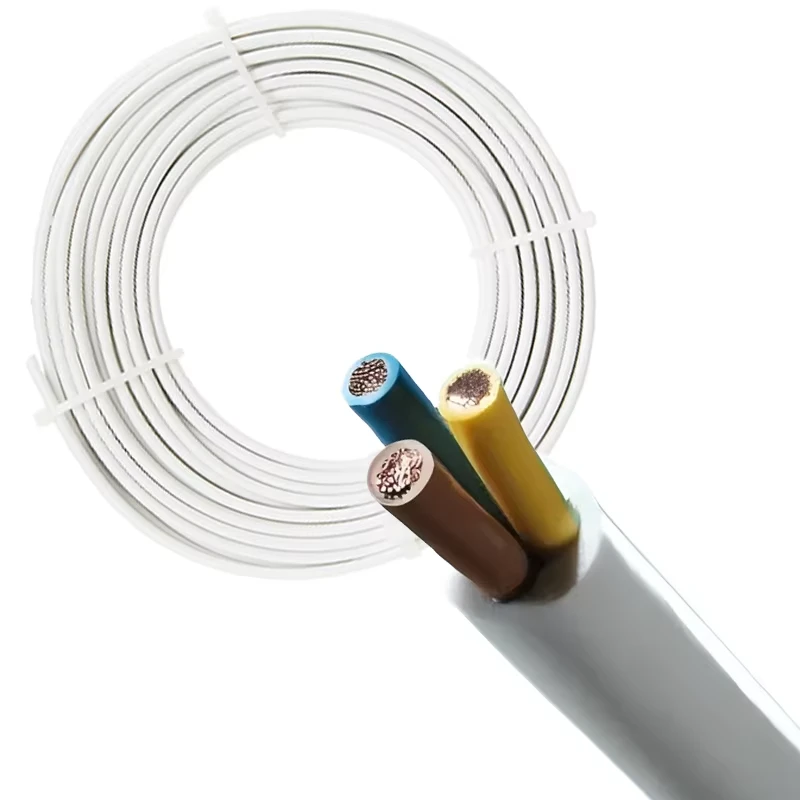
High-Quality 10mm2 Custom Solar Cable for Reliable Solar Energy Systems and Installations
The Importance of Custom 10mm² Solar Cables in Renewable Energy Systems
In recent years, the adoption of renewable energy sources has gained momentum as individuals, businesses, and governments alike seek sustainable alternatives to traditional fossil fuels. Among these alternatives, solar energy stands out as one of the most promising solutions. As the solar industry continues to expand, the demand for high-quality components, including cables, becomes paramount. One such vital component is the custom 10mm² solar cable, which plays a crucial role in ensuring the efficiency and safety of solar power systems.
Understanding 10mm² Solar Cables
Solar cables serve as the conduit for electrical energy generated by solar panels, transmitting it to inverters, batteries, and ultimately to the electrical grid or home appliances. The specification of 10mm² refers to the cross-sectional area of the conductor, which significantly influences its current-carrying capacity. A 10mm² cable is designed to handle substantial currents, making it suitable for medium to large-scale solar installations.
One of the key advantages of using custom 10mm² solar cables is their ability to minimize power loss during transmission. As electricity travels through a conductor, some energy is inevitably lost as heat due to resistance. By selecting a cable with an appropriate gauge, such as 10mm², solar system designers can ensure the efficient transfer of electricity, maximizing the overall performance of the solar array.
Durability and Weather Resistance
Solar cables are exposed to harsh environmental conditions, including extreme temperatures, UV radiation, and moisture. Therefore, customization is essential in ensuring that the cables are not only efficient but also remarkably durable. Custom 10mm² solar cables can be designed with specialized insulation materials that protect against environmental factors, thereby extending their lifespan.
For instance, high-quality insulation can prevent degradation caused by UV exposure and harsh weather conditions, ensuring a reliable connection even in challenging environments. Moreover, custom cables can be engineered to meet specific regional standards and compliance regulations, providing peace of mind for both installers and system owners.
custom 10mm2 solar cable

Safety Features
Another critical aspect of solar cable design is safety. Solar installations involve high voltages and currents, presenting potential hazards if the cables do not meet safety specifications. Custom 10mm² solar cables can be designed with safety features such as low-smoke and halogen-free materials, reducing the risk of fires and toxic emissions in the event of a short circuit or cable failure.
Additionally, the use of reliable connectors and strain reliefs can further enhance safety by preventing accidental disconnections or cable strain, which could lead to electrical failures. Custom solutions allow for greater attention to detail, ensuring that every aspect of the cable is designed with safety in mind.
Cost-Effectiveness
While the initial investment in custom 10mm² solar cables may be higher than standard options, the long-term benefits often outweigh the costs. Enhanced efficiency means that less energy is wasted, leading to lower electricity bills and improved ROI for solar system owners. Furthermore, the durability and tailored design of these cables reduce the likelihood of frequent replacements or repairs, resulting in lower maintenance costs over time.
Conclusion
As the solar energy industry continues to evolve, the importance of high-quality components like custom 10mm² solar cables cannot be overstated. By ensuring efficient energy transmission, enhancing durability against environmental stresses, prioritizing safety, and promoting cost-effectiveness, these cables play a vital role in the successful operation of solar power systems. Investing in custom solutions will ultimately contribute to a more sustainable and efficient future, aligning with the global shift toward renewable energy. As we move forward, the emphasis on quality and customization in solar components will be essential for powering a greener world.
-
Reliable LIYCY Cable Solutions for Low and Medium Voltage ApplicationsNewsJul.14,2025
-
Premium Overhead Electrical Wire Solutions for Low and Medium Voltage ApplicationsNewsJul.14,2025
-
Innovative XLPE Electrical Cable Solutions for Modern Low and Medium Voltage NetworksNewsJul.14,2025
-
High-Quality Ethylene Propylene Rubber Cable – Durable EPDM Cable & 1.5 mm 3 Core OptionsNewsJul.14,2025
-
Exploring the Versatility of H1Z2Z2-K 1X4mm2 Cables in Modern ApplicationsNewsJul.14,2025
-
Uses of Construction WiresNewsJul.14,2025
-
Types of Neoprene CableNewsJul.14,2025





